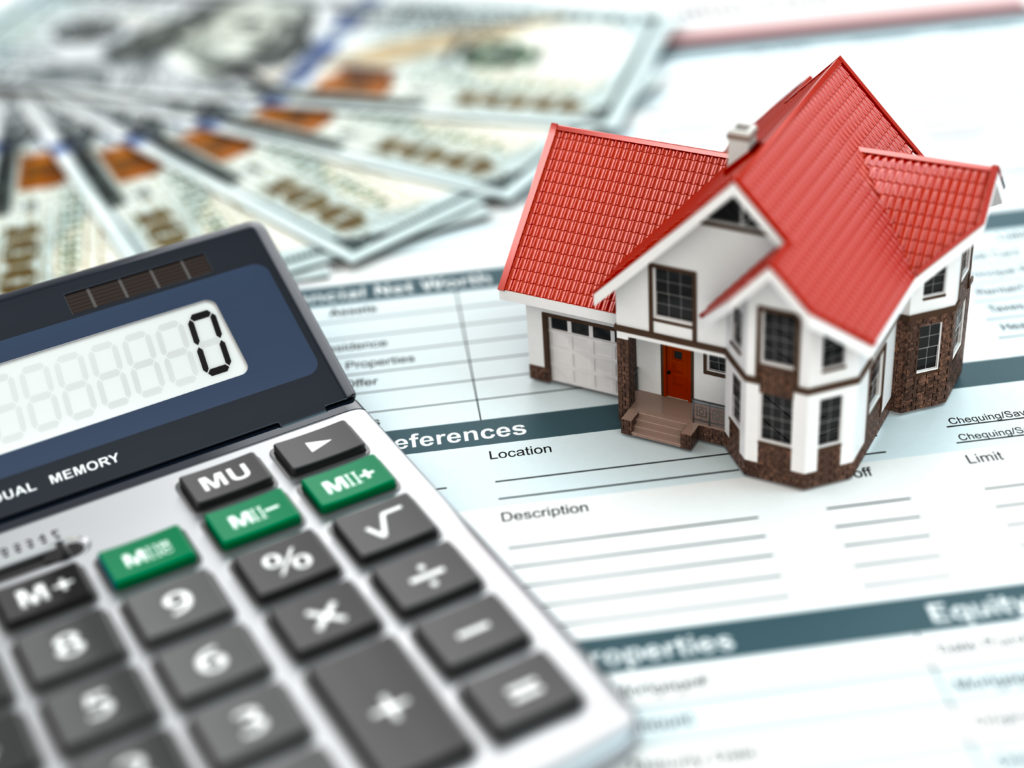Creating a Financially Viable Improvement Plan
In several of our previous posts, we have addressed one of the most significant challenges of senior living today – the physical plant aging process. The problems that come with aging buildings are relentless and every year issues become more serious. We have listed what items needs to be evaluated for repair and upgrades and how to work those into your capital budget, we discussed what needed to be accomplished. Now let’s discuss how to pay for these campus improvements.
Determining the Cost-Effectiveness of Capital Improvements
Previously we identified the need for improvements to both individual units and common/public spaces. Some of your capital investments will require difficult value judgments to determine whether they are really worth the dollars you would have to commit. I like to use a quantitative approach that reduces the decision to the lowest common denominator. This decision process should be viewed from two perspectives:
- How much will I have to raise monthly fees in order to cover (i.e., break-even on) the added capital costs – assuming the necessary funds were borrowed at market interest rates?
- How will the value of my community be enhanced with the new capital improvement investment? Try to be very specific in your value assessment.
To answer the above questions, let’s look at the two major areas where improvements would be made:
- Individual living units
- Common/public areas
Improvements to Individual Living Units
First, let’s evaluate the cost recovery of investing money in your individual living units by determining how many additional dollars an existing resident will have to pay each month in order for you to break-even on the additional debt service needed to fund those improvements.
- Dollars invested. Determine the amount that will be invested to enhance each individual living unit. Let’s use $20,000 as an average per unit cost as an example. Some upgrades may cost more.
- Cost of capital investment. Determine the interest rate and principal to be paid on the newly borrowed funds. This could be approximately 5 to 6 percent for a for-profit or a not-for-profit community.
- Adjust for debt service coverage ratio (DSCR). This ratio simply states that your friendly lender wants you to have about $1.30 in bottom line available cash (after operating expenses) for every dollar you owe in debt payments.
By following the above steps, you can now judge whether the perceived value of those improvement investments is worth the increase cost passed on to residents. Your resident might experience mild sticker shock, primarily due to habit, not necessarily due to affordability. However, a new prospect viewing an improved vacant unit might see considerable value and give a deposit without flinching at the price.
Note that $20,000 can usually fund significant capital improvements for a single living unit.
Improvements to Common Areas
Communities can calculate what the individual cost increase or allocation for each resident’s occupied unit would be when substantial dollars are invested in common areas or the physical plant in general. The analysis is the same as the one for improvements in a typical unit with one big difference. In this case, we allocate or spread these new debt service costs across all of the total occupied units. For example, approximately 140 occupied living units in a typical 150-unit independent living community at 93 percent occupancy.
Calculations indicate that a $200,000 investment in improving the public/common spaces, staff areas, and “back of the house” resources of your senior living community will require each resident’s monthly service fee to be increased by less than $14 per month. That could be less than a 1 percent increase. The leverage of investing in common spaces is very significant, because we are spreading the new debt service cost for common/public space improvements across all occupied units. The new prospects first favorable impression. That’s a tremendous bang for the buck!
The Big Picture Rationale
Surprisingly, the cost recovery sensitivity for a CCRC campus is frequently favorable. In other words, you can invest significant amounts of capital and pass the cost recovery on to the residents in an effective, affordable manner – at least on an attrition basis as units are vacated and resold due to resident turnover. Properly planned, incremental campus improvements may present short-run challenges, but they will result in substantial long-run benefits.
Call to Action
Determine how much you will have to raise fees in order to fund capital improvements of both independent living units and common/public spaces. Next determine how much the value of your community will increase once capital improvements are made.
Finally, consider implementing an improvement plan in two phases:
- First, the common/public spaces – This offers the biggest bang for the buck at a very nominal cost per resident.
Then . . .
- Upgrade the living units – At least on an attrition basis as units turn over.
You may be pleasantly surprised at what you can accomplish.
The material was taken from Jim Moore’s book Independent Living and CCRCs; Survival, Success & Profitability Strategies for Not-for-Profit Sponsors and For-Profit Owner/Operators. The book provides greater detail and explanatory exhibits, formulas and tables to outline these concepts in greater depth.

